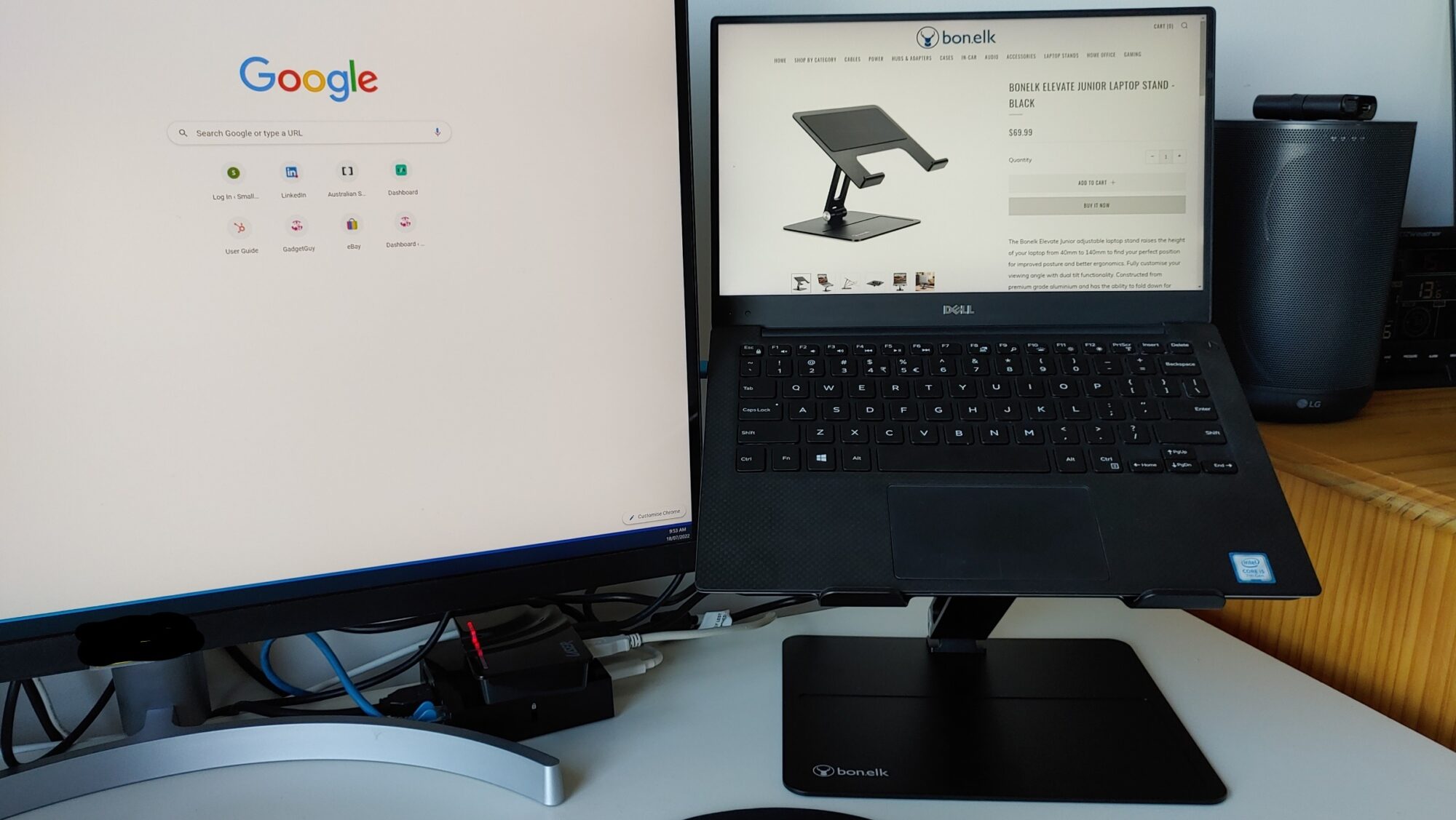When it comes to data, everything is growing – quantity, size, format, resolution, use cases, applications, value and more. As people and businesses look for solutions to effectively and efficiently store their data in the zettabyte era, Western Digital HDDs continue to play a critical role in delivering massive capacity, performance and reliability.
Western Digital has announced that it is now shipping new 22TB HDDs targeting three key segments: WD Gold™ HDDs for IT/data centre channel customers; WD Red™ Pro for network attached storage (NAS); and WD Purple™ Pro for smart video/surveillance. As highlighted in its What’s Next Western Digital Event, these new drives are loaded with industry-firsts, including OptiNAND™ technology, energy-assisted PMR (ePMR), triple-stage actuator (TSA) and HelioSeal® to deliver the industry’s highest areal density at 2.2TB per platter, delivering 22TB CMR HDDs for its customers.
“We are thrilled to reach this milestone as HDDs are complex and sophisticated systems,” said Ravi Pendekanti, senior vice president of product management and marketing, HDD Business Unit at Western Digital. “From the cloud to the edge, Western Digital’s hard drives play a vital role in storing, protecting, capturing and analysing data that’s shaping nearly every aspect of our digital lives. Our technology leadership and expanded portfolio of industry-leading HDDs provide us with a tremendous opportunity to deliver value to our customers today and well into the future.”
Western Digital Gold Enterprise-Class HDDs for Data Centre Storage Systems
Cloud and enterprise data centre architects continue to squeeze every drop of investment out of their IT infrastructure. The economics of storing every bit matters, and factors like capacity, density, energy use, sustainability and more all play a critical role in helping to reduce total cost of ownership (TCO). Moving to the industry’s highest available CMR HDD capacity can help. Western Digital’s new enterprise-class, 22TB WD Gold™ CMR HDD with OptiNAND technology gives users the ability to lower TCO by increasing storage in the same footprint or by reducing racks, which can help reduce costs such as adding more racks, network, power, cooling, cabling, etc. Unique to Western Digital is its OptiNAND-enabled ArmorCache™ technology that combines the performance of write cache enabled mode with the data protection of write cache disabled mode without having to compromise by choosing between the two. With a full portfolio of solutions ranging from 1TB-22TB¹, these highly reliable WD Gold HDDs are ideal for demanding storage environments, providing up to 2.5M hours MTBF 2, vibration protection technology and a low power draw thanks to HelioSeal technology (for 12TB and above).
WD Red Pro HDDs Support All Major NAS Systems with Up to 24 Bays
Work from home has accelerated and many small office/home office (SOHO) workers and SMBs are struggling to keep up with rapidly growing amounts of data. The new 22TB WD Red™ Pro CMR HDD with OptiNAND technology is ideal for those who have high-capacity storage needs, or for those who have reached the maximum capacity on their existing network-attached storage (NAS) system. Engineered specifically for NAS systems with up to 24 bays, WD Red Pro HDDs are optimised for multi-user environments and are designed to handle high-intensity workloads in 24×7 environments. WD Red Pro HDDs are ideal for storing, protecting, archiving, and sharing massive amounts of data with many users and can handle multiple data-hungry applications such as file sync and sharing, backup/archive, multimedia repository, and private cloud storage. The WD Red Pro family comes in capacities ranging from 2TB to 22TB¹.
WD Purple Pro HDDs for Advanced AI-Enabled, Always-on Smart Video Recorders, Appliances and Servers
Smart video surveillance is on the rise, bringing increased storage requirements along with it. For example, high-resolution cameras are capturing multiple video, picture and metadata streams per camera; AI and video analytics are placing new demands on the quantity, quality and retention of video data; and deep-learning solutions need more video to train AI algorithms, all while video-surveillance-as-a-service (VSaaS) customers are needing purpose-built storage to efficiently manage this data at scale. The 22TB WD Purple Pro CMR HDD with OptiNAND technology delivers a big capacity to address these trends in a purpose-built enterprise-class drive supporting video analytics servers and AI and deep-learning systems. The drive features Western Digital’s exclusive AllFrame™ AI technology that supports 32 AI streams for deep-learning analytics within the system while helping to reduce dropped frames. WD Purple Pro drives are optimised to handle up to 64 single-stream HD cameras3 and many of the latest smart cameras that transmit multiple streams. It offers high reliability with an MTBF of up to 2.5 million hours for advanced smart video solutions that operate in 24/7 environments. The WD Purple Pro HDD family now comes in 8TB-22TB capacities¹.
Western Digital’s industry-leading Ultrastar 22TB CMR HDDs and 26TB UltraSMR HDDs began shipping to select hyperscale cloud customers in June.
